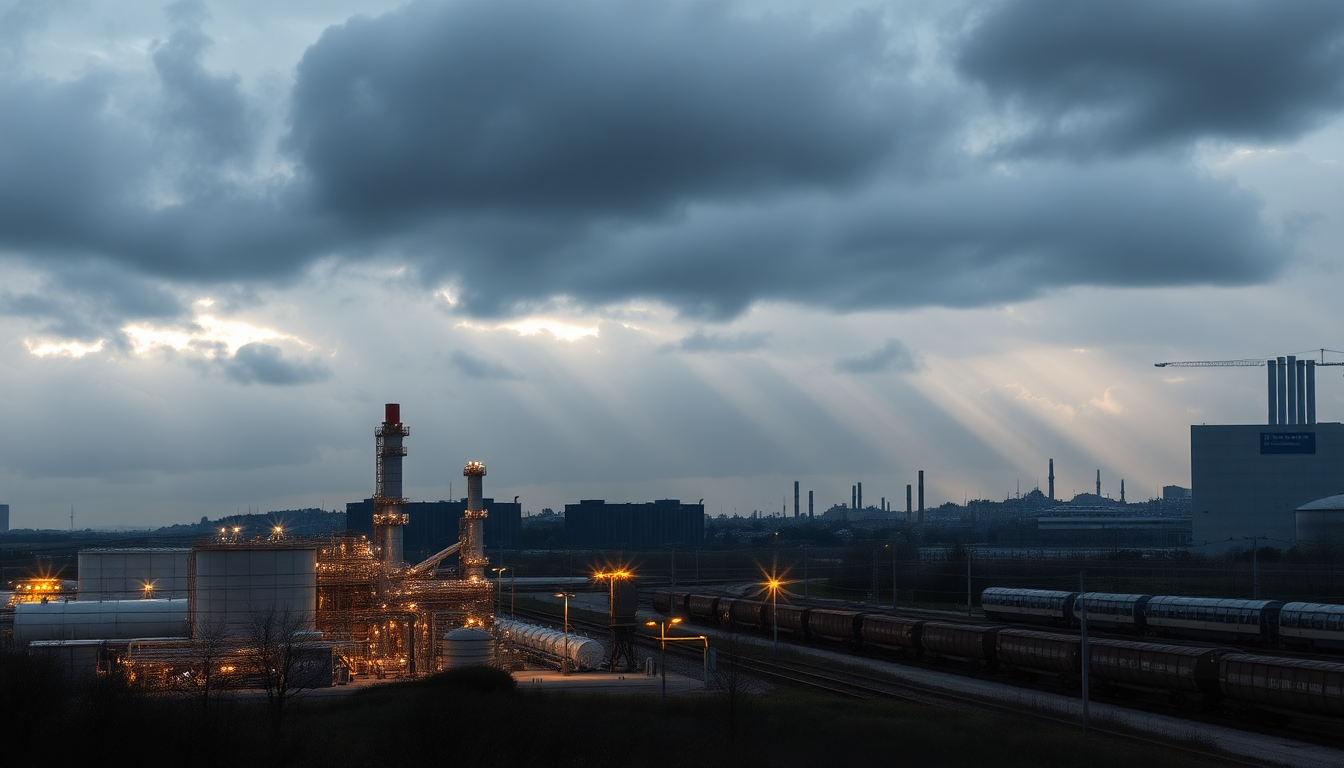Table of Contents
The recent decision by the European Union to scrap its proposed $45-per-barrel price cap on Russian crude oil exports reveals just how intertwined geopolitical tensions and energy strategies can be. With the conflict between Israel and Iran heating up, EU officials have come to realize that pushing for such a price cap might only stir the already shaky oil market.
Doesn’t it make you wonder how policymakers can juggle the need for economic sanctions with the pressing demand for energy stability?
Current Market Dynamics and Geopolitical Challenges
Initially, the EU aimed to discuss slashing the price cap from $60 to $45 per barrel in light of the ongoing war in Ukraine.
But as the crisis in the Middle East escalates, priorities have shifted dramatically. Diplomats within the bloc have acknowledged that the volatility in oil prices, spurred by the Israel-Iran conflict, has rendered the proposed cap unrealistic. One diplomat even remarked that, given the current international landscape, the idea of lowering the price cap ‘is not likely to succeed’ due to market uncertainties.
Isn’t it fascinating how rapidly the geopolitical landscape can change the course of economic policy?
This sentiment was echoed at the recent G7 summit, where leaders collectively decided that now isn’t the right time for such a move, primarily due to the erratic oil prices.
While the existing price cap hasn’t made a significant impact, the recent uptick in oil prices suggests it still plays a role, at least for now. The EU’s approach here is cautious, illustrating the delicate dance between sanctions and the need for energy market stability.
Implications of the Proposed Price Cap on Russia
The original intent behind lowering the price cap was to hit Russia’s oil revenue hard, which is crucial for funding its military efforts. A cut to $45 per barrel could have led to major financial losses for Russia, complicating its military operations.
However, the lack of backing from key allies, especially the United States, has posed a significant hurdle to making this happen. Experts argue that without U.S. support, the cap would probably fall flat, as it was intended to function as a buyer’s cartel needing broader participation. Isn’t it interesting how interconnected international relations can be in shaping economic strategies?
Moreover, enforcement remains a thorny issue, with estimates suggesting that about 90 percent of Russian crude is still traded above the current price cap. This raises important questions about the effectiveness of sanctions and the EU’s ability to ensure compliance among member states—especially those like Hungary and Slovakia that have voiced opposition to stricter measures against Russian fuel imports. How can the EU maintain unity when member states have differing priorities?
Future Considerations for EU Energy Policy
As tensions in the Middle East continue to evolve, the EU faces a complex landscape of energy procurement and geopolitical alliances. The proposed phaseout of long-term contracts with Moscow by 2027 aims to reduce reliance on Russian energy, but practical challenges linger. Companies will have to adapt to new reporting requirements regarding their fuel’s origins, potentially leading to further complications in energy supply chains. Are they prepared for such a shift?
Additionally, the EU is looking into new methane emission regulations, which could inadvertently put European firms at a disadvantage as they increasingly depend on U.S. fuel imports. Balancing energy needs while cutting off financial support to Moscow is no small feat. The road ahead will demand careful planning and coordination among member states. Will they be able to navigate these challenges effectively?
In conclusion, the EU’s decision to halt discussions on the new price cap highlights the intricate relationship between energy policy and global geopolitical dynamics. As the situation develops, it’s essential for European leaders to stay nimble and responsive to the fast-changing energy market. Isn’t it intriguing to consider how the next steps could shape both energy strategies and international relations?





